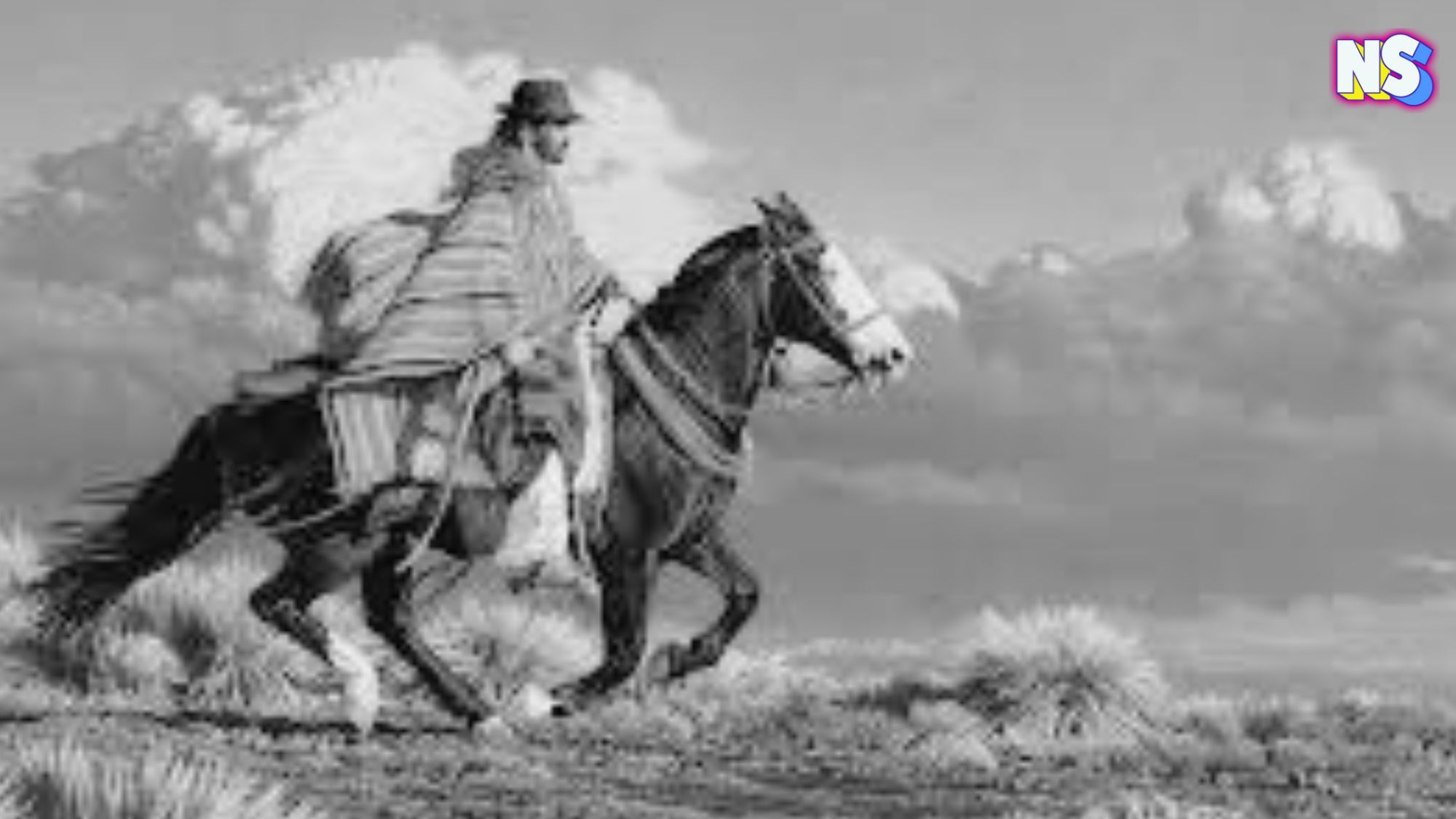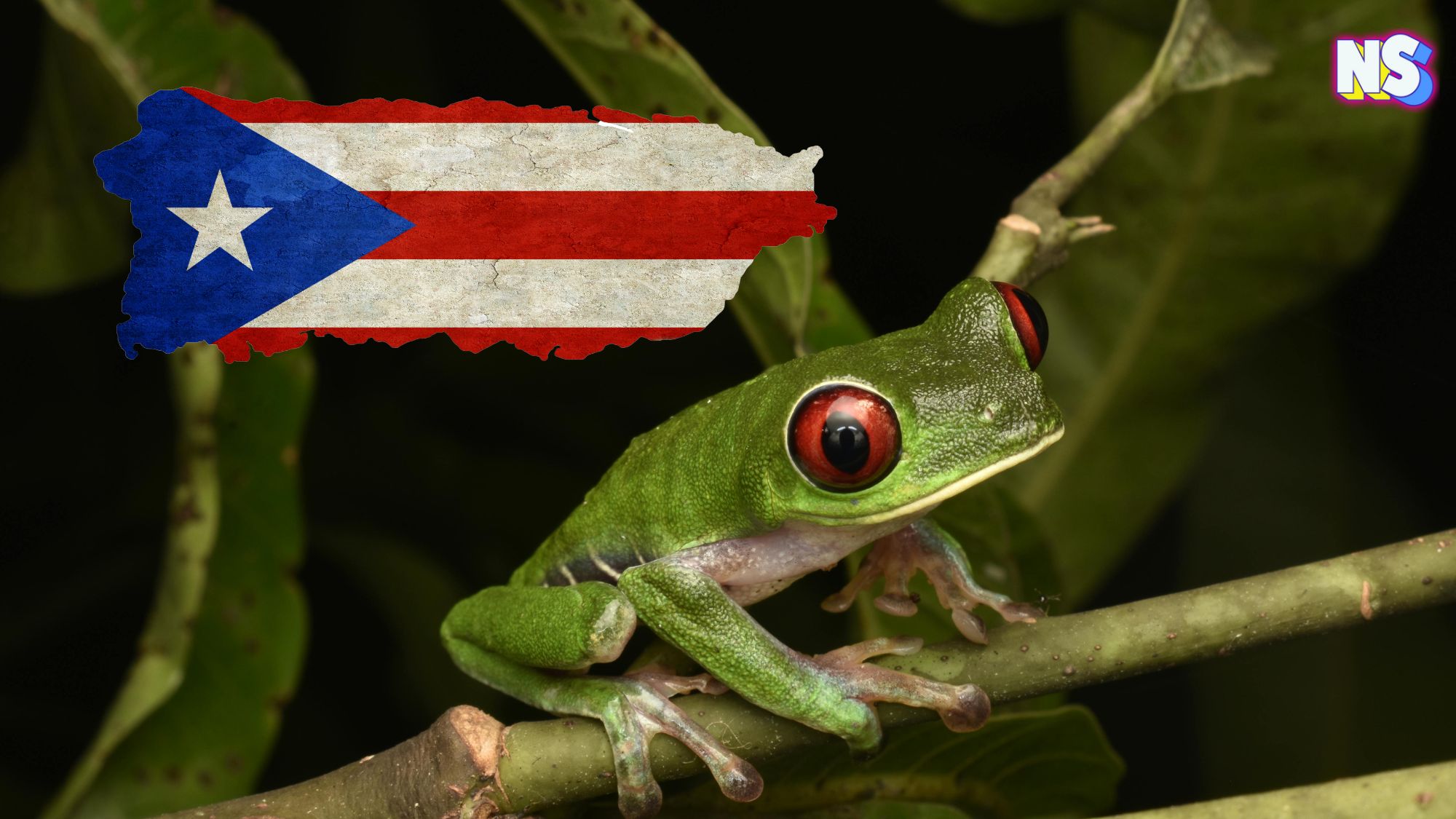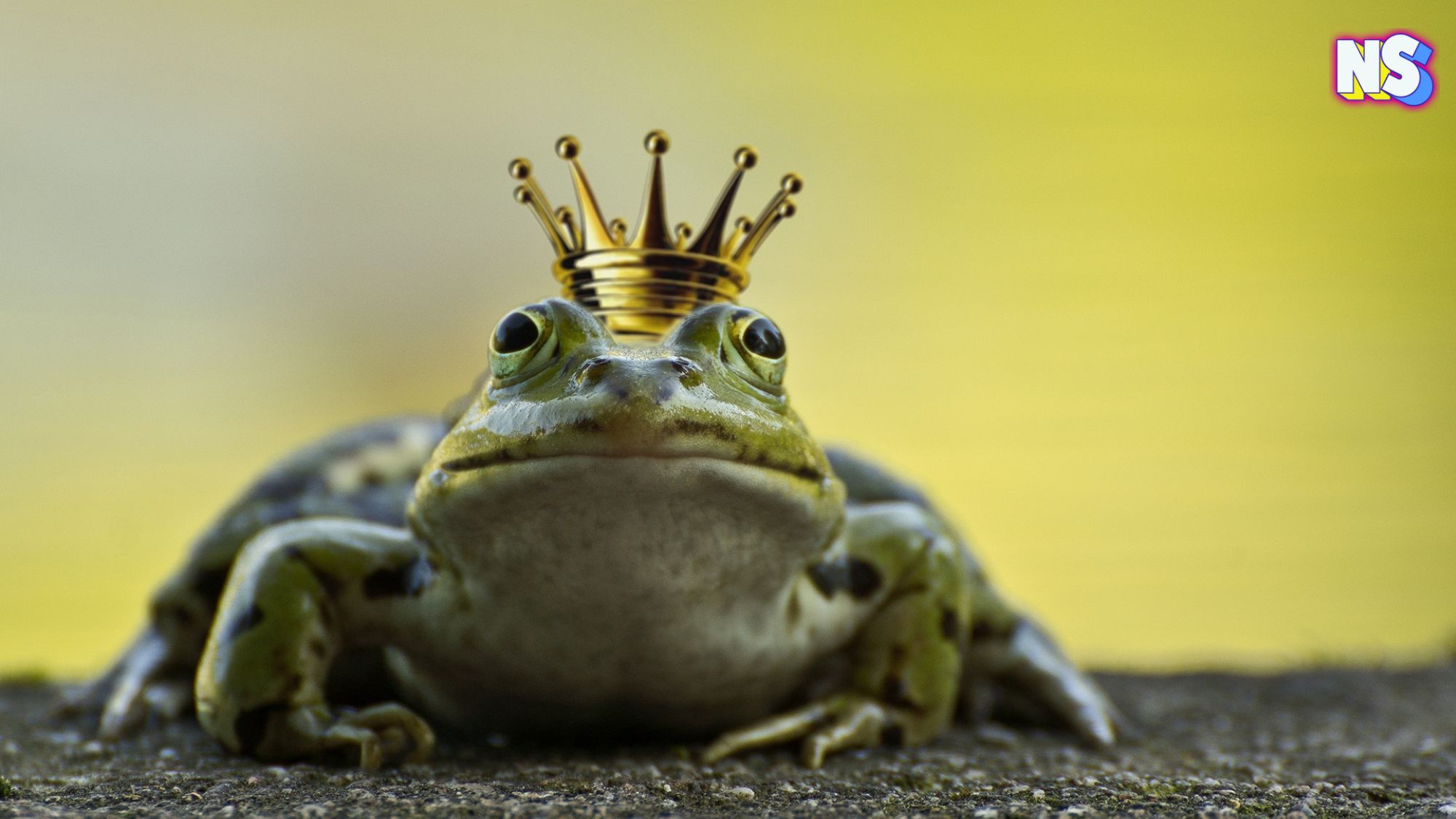I often hear Bad Bunny refer to the days when he was a chamaco or chamaquito. Sure, millions of us know he’s talking about his childhood, back when he was just a young boy in Puerto Rico. But that’s not the word I grew up using for “kid” in Spanish.
Then one day, a reel popped up on my Instagram feed with all of the different ways Mexicans say “kid.” From chavalo to escuincle, it was like opening a door to a dozen different dialects at once. I couldn’t stop thinking about it. How many ways are there to say “kid” across the Spanish-speaking world?
So I started digging.
What I found are a bunch of words, reflecting regional and national identities, with a touch of sass. From the poetic to the borderline offensive, from pibe to mocoso, there’s no one-size-fits-all term. As with most Spanish terms, it all depends on the place and the people.
Naturally, I made a list.
The Many Ways to Say “Kid” in Spanish—Depending on Where You Are (and Who You Ask)
Here’s a not-even-close-to-exhaustive list of how different countries, regions, and families refer to their little ones, pulled from interviews, social media, and a healthy amount of side-scrolling. Some are sweet, and, well, some are downright salty. But all say as much about the speaker as they do the kid.
Mexico: Language Playground
No country gets quite as creative (or prolific) as Mexico when it comes to naming their kids. Not officially, of course. Just in conversation, on the street, and in the kitchen when someone’s climbing the counter for cookies.
- Chamaco / Chamaca – Classic and versatile. You’ll hear this everywhere from novelas to abuelita’s scolding voice.
- Escuincle – Kind of a loving insult. Think: “this little rascal.” Often said with an exhausted sigh.
RELATED POST: How to Ask for a Drinking Straw (Without Offending Anyone) - Morrito / Morrita – Northern Mexico’s go-to. It may be a shoutout to the Arab “Moroccan” influence in the region.
- Chavalo / Chavala – Used in Mexico, Nicaragua, and Honduras. Regional, familiar, and sometimes refers to older kids or teens too.
- Mocoso / Mocosa – Literally “snot-nosed.” When they’re being cute and chaotic.
- Huerco – Mostly northern Mexico. Although it’s a somewhat affectionate term, it’s from Old Spanish meaning “devil.”
- Plebe – Sinaloa and other northern states. A word you might hear to refer to a friend too.
- Lepe, Buki, Muchito – You’re deep in nickname territory now. These are hyper-local, and sweet when you hear them in context.
Cuba: Where Everyone’s Your “Mijo”
In Cuban Spanish, the language of love often sounds like family, even when you’re not related.
- Mijo / Mija – A contraction of mi hijo/a, but also a universal term of endearment. A stranger might call you this, and you’ll still feel cared for.
- Chamaco – Also used here, because good slang travels.
- Niño/Niña – The standard, textbook word. Used when you want to sound formal, or when your actual kid is acting up in public.
Venezuela: Full of Flavor (and a Few Surprises)
Venezuelan Spanish has some of the most expressive ways to refer to kids, which are sometimes confusing, sometimes poetic, always rooted in the rhythm of the place.
- Chamo / Chama – You’ll hear this everywhere, and not just for little kids. It’s also used like “dude” or “buddy.”
- Chino / China – Surprisingly, not a reference to ethnicity. Often used for babies or small children, especially those with curls.
- Carajito / Carajita – A little edgy. Think of this one like calling a kid a “little punk,” but affectionately… most of the time.
Panama, El Salvador, and Central America: Full of Local Color
These terms reflect daily life, community ties, and the layered nature of language that doesn’t always translate neatly.
- Pelao / Pelaito – Panama’s choice. There’s something cute about it, but it’s also scrappy.
- Cipote / Cipota – Common in El Salvador and Honduras. It sounds like something sturdy, like a word that’s been around for generations. (Be careful though. This word also means “chubby” in other places.)
Argentina: Kids With Swagger
- Pibe / Piba – Instantly recognizable. Used for kids and teens, sometimes affectionately, sometimes with a knowing eye roll.
- Nene / Nena – Very common, and often used for babies or toddlers. You’ll also hear it in lullabies and sweet nothings.
Chile: The Goat Has Entered the Chat
- Cabro chico / Cabra chica – Literally “little goat.” And yes, that’s what “kid” means in English too, so it makes perfect sense once you stop overthinking it.
- Pendejo – It’s true. “Pendejo” means “kid” in Chile, but this word is not safe to use everywhere. In Mexico, and around the rest of the Spanish-speaking world, it’s a whole other conversation.
Spain: Classic, But With Style
- Chico / Chica – As standard as it gets. Used from childhood all the way into adulthood.
- Chaval / Chavala – Slightly more colloquial. In Spain, this is your “young person,” the one with strong opinions and probably a skateboard.
Peru: Sweet and Soft-Spoken
- Chibolo / Chibola – Warm, a little nostalgic, and still commonly used. It’s the kind of word you might find in a coming-of-age novel.
Other Common Terms You’ll Hear Everywhere
- Chiquillo / Chiquita / Chiquitita – Diminutives galore. The smaller the child, the longer the word.
- Nene / Nena – Also common in Caribbean and South American countries. Sometimes it’s more tender than literal, like calling someone “baby.”
- Joven / Jovencito – More formal, often used when scolding teens or announcing their presence like a maître d’: “¡Joven! Su mamá lo está buscando.”
A Final Note
I know I may have left some words out. If your abuela or tío used a word I missed, I’d love to hear it. My email is Catherine AT BrillaMedia.com. This list is just the beginning.





